- Home
- Residential
- Blog
- Your Guide To Keeping Your House Cool Naturally
[Post Date]
Your Guide To Keeping Your House Cool Naturally
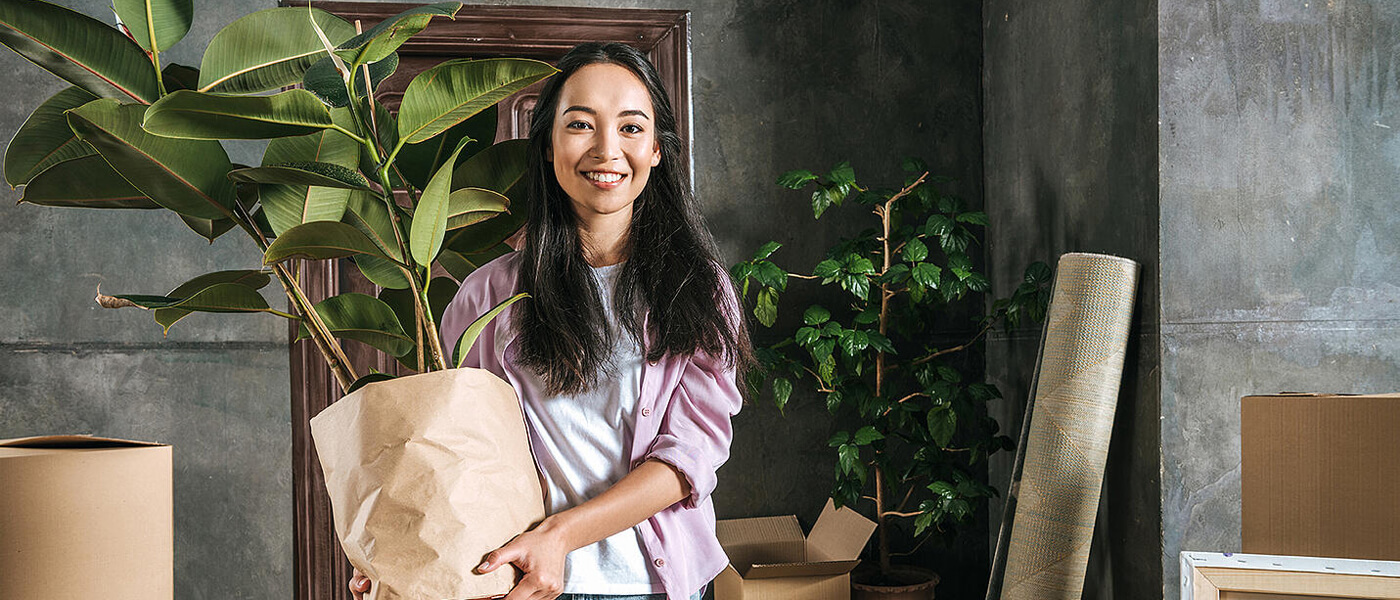
2019 is a year unlike any other – it is the warmest year on record for Singapore, and Q3 is our driest yet. This year may also one of the world’s hottest year on record. It is hard to fathom who is actually going to buy Uniqlo’s autumn 2019 collection.
Nevertheless, to help us stay cool and combat the heat, we at Geneco have not only been doing our part to go sustainable, raise awareness for sustainable energy, but also gave you some ideas how to make good use of the time spent under shelter.
In this article, we go a step further to share how you can use a little creativity, artistic flair and MacGyver-esque science to cool your house naturally.
Get The Right Curtains
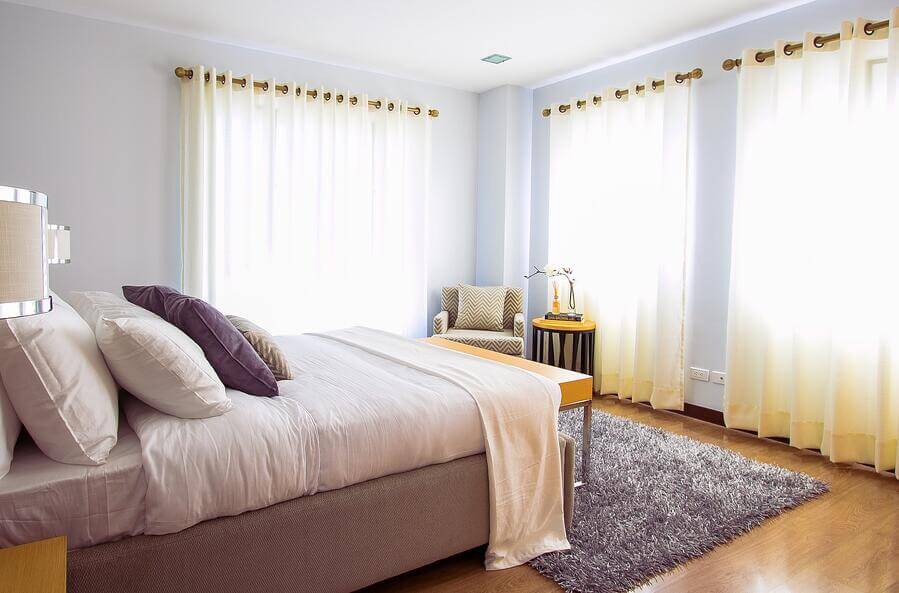
Many things in the house are natural heat-trappers, such as beds, cushions and even certain floor tiles. Having the right curtains and pulling them across the windows at the right time of day can reduce heat from sunlight by 30%.
When choosing curtains, opt for:
- Blackout curtains | Made of fabric that is foam-backed, opaque and extra-woven to block out light. Ideal for the bedroom and midnight shift workers.
- Reflective curtains | Reflect sun rays back out the window instead of absorbing them. Durable and cost-effective.
- Multi-layered curtains | Layered curtains are great at blocking sunlight. The layers consist of light lace for the evening and thicker layers to block out sunlight by day.
- Light-coloured curtains | Curtains with light colour not only block out heat but are also good at reflecting heat. Colours like white, cream and peaches are great while colours like black, dark green and navy blue are not.
- Fabrics that block sunlight | Cotton is great for blocking heat out thanks to its thickness, yet porous to allow ventilation. One of the best fabrics for curtains. Velvet is thick and close-weaved, meaning it is an excellent fabric for blocking sunlight.
- Lightweight blinds | If curtains are not working out for you, blinds are excellent choices that look good and work well. Usually made of plastic, aluminium or wood, blinds are not only opaque when fully shut and allows for ventilation when slightly opened, but the materials also do not conduct heat.
Cool Shades For The Home
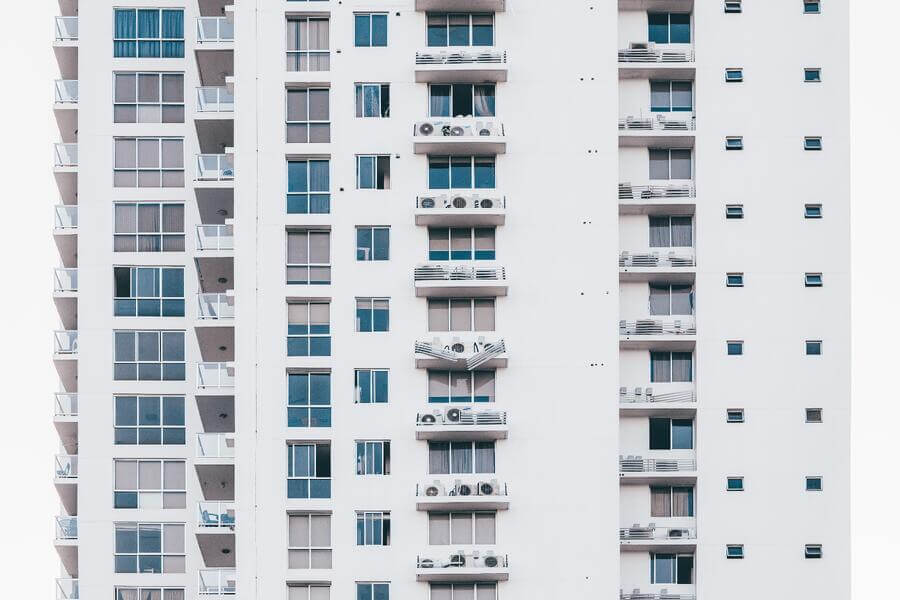
Most new HDB come with tinted windows that help shield us some excess sunlight. However, if yours is an older flat with no tinted windows or you want more sunlight blocking, window films are relatively cost-effective for that. Make sure to get window films that are tinted adequately and has UV ray protection to maximise your home cooling efforts.
You can double it up by using UV-deflecting glass. You will want to look for features like double-glazing, low e-coating and argon fills for the best heat- and UV-blocking power.
Go Green, Literally
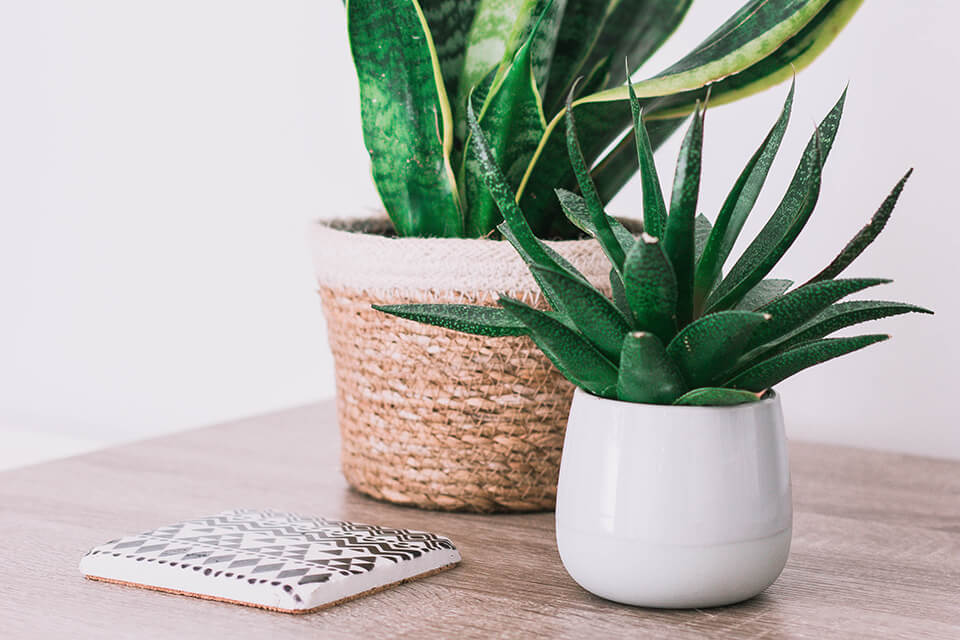
We don’t just mean being more environmentally conscious. Plants are the underrated champions for being effective home cooling tools that look good! Some plants that outshine others at the cooling department include:
- Ficus benjamina | keeps air moist and cool. Choose one with a tall trunk and bushy top to act as a canopy over other plants below or around it. Grouping plants together can pleasing to look at and create a natural “home cooling system”.
- Reflective curtains | Reflect sun rays back out the window instead of absorbing them. Durable and cost-effective.
- Palm | Nothing makes air more refreshing than fresh oxygen. Palm boast of large overall leaf surface area that helps it give off more oxygen.
- Mother-in-law’s tongue | The verbal prowess of an angry mother-in-law is much dreaded. However, the mother-in-law’s tongue plant is soothing both at night and day thanks to its ability to release oxygen and provide fresh relief round the clock. The leaves are also known to act as an air filter that removes airborne toxins such as benzene and formaldehyde.
Hyperventilate, But For Your Home
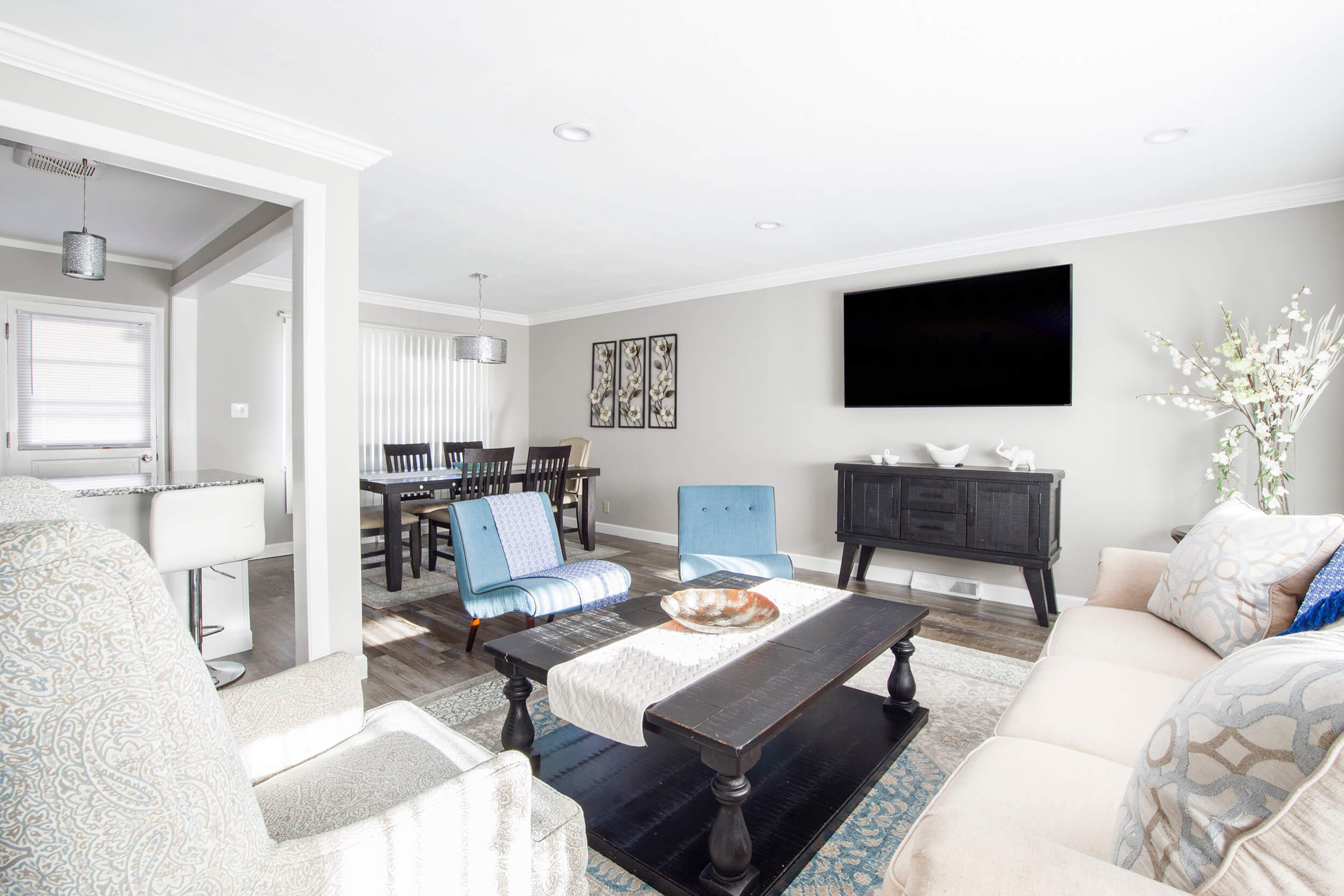
When saving on electricity bill and going all natural, ventilation is key. A well-ventilated home comprises of windows or doors at each end of the apartment to form an air tunnel.
If you are looking for a new home in Singapore, look out for such features. If you have just gotten your new BTO flat (congrats!) and are drawing up your interior sketches, make sure your designs optimise airflow by keeping the passages clear – stagnant air can make your home feel stuffy.
In addition, the roomier your home is, the better for air circulation. You may want to knock down some walls and enlarge spaces like the living room, where they tend to have more heat-producing electrical appliances and people.
Ceiling fans are a must for anyone who prizes ventilation. Ceiling fans are very efficient in keeping air moving around larger rooms while using less energy than the AC or multiple standing fans.
Don’t Let Your Home Become A Sauna
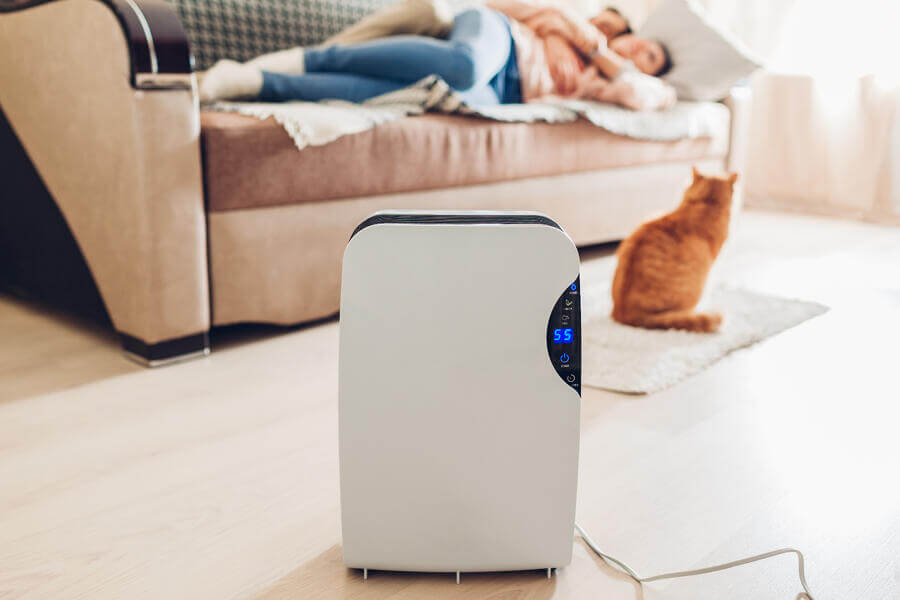
Singapore’s weather is not only warm but humid too – humidity can make your home feel warmer than it reads on the thermometer. To deal with the excess moisture in the air, a dehumidifier makes the air less moist to allow sweat to evaporate faster.
Cool Off Without Burning Through Your Cash
Beyond these neat tricks to stay cool, our Get It Fixed 24 and Get It Fixed 36 plans can help take the heat off your household expenditure by offering fixed competitive rates for the next few years. So rest easy, no sweat on your brows and don’t sweat on the bills.
References:
- Elangovan, N. (2020, June 5) Singapore households generated additional 1,334 tonnes of plastic waste during circuit breaker: Study, Today Online.
https://www.todayonline.com/singapore/singapore-households-generated-additional-1334-tonnes-plastic-waste-during-circuit-breaker
Image Credits: Nylon Coffee Roasters
Source: The Sustainability Project
